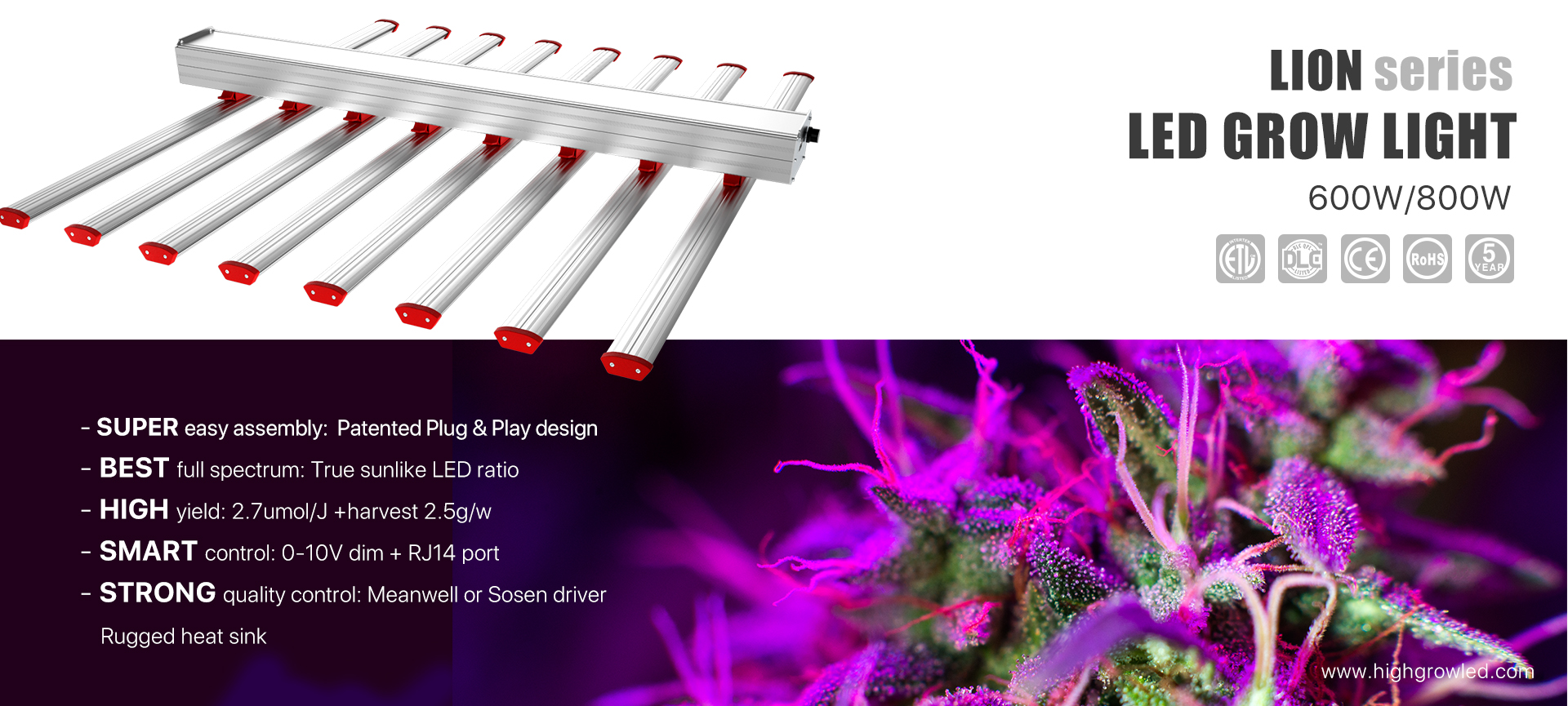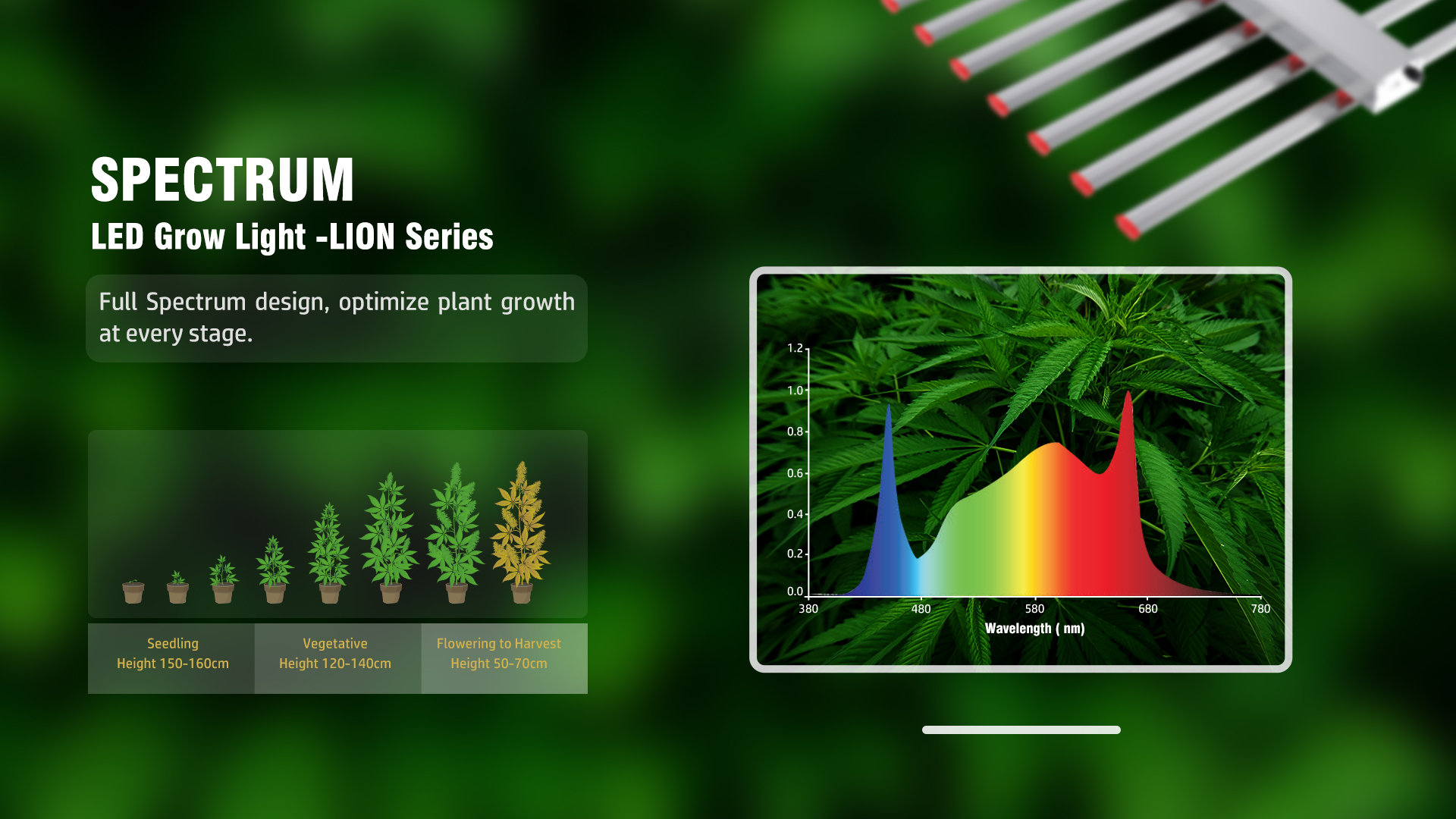What Are The Effects of UV and IR on Plants?
Ultraviolet light and Infrared light both belong to the “Electromagnetic spectrum”. Radiation in the Electromagnetic spectrum is usually categorized by wavelength. Ultraviolet, Gamma, and X-rays are examples of short wavelengths while Infrared, Radio, and Microwaves are examples of longer wavelengths. Short wavelength radiation is of the highest energy and can be very dangerous. Infrared is usually less harmful. Both UV and IR lights can be used to help plants grow more effectively.
UV light is comprised of three types of light: UVC with a wavelength of between 100-280nm, UVB with a wavelength of between 280-215nm, and UVA with a wavelength of between 315-400nm.
UV light is effective at recreating a natural environment and therefore making plants act like they are being grown in the wild. UV lights have been known to promote faster photosynthesis, increase leaf areas, increase THC and CBD potency, promote branching, and provide higher resistance to pests. Proper use of UV lighting can also improve plants’ nutritional quality while stimulating biomass production by stressing them. Strains that are grown under UV light tend to have higher dry weights too.
The overuse of UV light can lead to excess UV stress, which in turn can hinder plant growth and lower plant yields. This is due to plants spending more energy on producing trichomes as a way of protecting themselves, as opposed to growing larger and more robust. UV stress can also lead to photoinhibition of chloroplasts resulting in lower biomass production, photobleaching, and the death of leaves.
IR lights utilize far-red wavelengths to elicit a shade avoidance response in plants, leading to accelerated stem growth. There are two procedures known as PS1 and PS2 which contribute to plant growth. Plants exposed to supplemental IR light alongside both blue and red light showed an increase in photosynthesis, the promotion of robust stem growth, proper node spacing along with more flower buds. IR light also appears to help plants transition between different stages of growth, sleep and wake cycles, during the later stages of development. In addition to this, flowers will not bloom until adequate levels of IR radiation have been introduced.
While IR light has been proven to be effective at promoting many aspects of plant growth it is important to note that a large percentage of IR light is felt as heat and can damage your plants if not used correctly. Plants can stretch, become distorted and even die if IR lights are misused.













